Navio2 - A Platform for Building a Fully Autonomous Drone With a Raspberry Pi
There's a reason the Raspberry Pi stands as one of the most popular, if not the most popular, single-board computer on the market. It's a multipurpose board that's capable of a smattering of projects, from a basic Linux desktop to an Android TV box, retro gaming machine, smart home hub, or advanced robotics project. While drones may be purchased already put together and ready for use out-of-the-box, it's possible to make your own drone. Enter the Navio2, a platform for building your own fully autonomous drone using a Raspberry Pi board.
What is the Navio2?
The Navio2 is an autopilot HAT for the Raspberry Pi. It's powered by ROS and ArduPilot, intended for transforming a Raspberry Pi board into a drone controller. Onboard, you'll find a high-resolution barometer with the ability to sense altitude to within 10cm resolution. There's a GNSS receiver for tracking GPS, Galileo, GLONASS, SBAS satellites, Beidou, and more.A triple redundant power supply offers protection against overvoltage, as well as a power module port that can be used for current and power sensing. Its dual IMU features gyroscopes, accelerometers, and magnetometers which offer motion and orientation sensing capabilities. You'll find an RC input/output (I/O) co-processor that handles PPM and SBUS inputs, and boasts an impressive 14 PWM output channels. As such, it's perfect for controlling servos and motors.
What's neat is how the Navio2 allows for a simple do-it-yourself (DIY) drone using a Raspberry Pi. A Raspberry Pi-powered drone falls on the more complex end of the maker spectrum, but Navio2 makes it pretty accessible.
Essentially, you'll only need a Raspberry Pi, Navio2 board, and the pre-configured Raspbian operating system (OS) with ROS and ArduPiolt preinstalled. ROS is simply a software framework collection intended for robotic software development. ROS operates largely like an operating system.
Artificially Intelligent Drone
The Raspberry Pi connects to the Navio2 HAT which features the Navio flight stack. This filght stack in turn communicates with a laptop, ,and includes pre-set flight paths. Rather than manual control, the Navio2 ventures out on a pre-programmed flight path.
However, it's the onboard sensors which make a Navio2 autonomous Raspberry Pi drone artificially intelligent. The sensors communicate with the Raspberry Pi sending data for decision-making. This could be used for the purposes of smart farming. Moisture sensors in a Navio2 drone could show where on a farm needs water, and toggle on and off an irrigation system. It's a pretty cool device capable of both hobbyist applications and commercial projects like farming or mining. Ultimately, the Navio2 shows off the true capabilities of boards such as the Raspberry Pi. Aside from drones, the Navio2 had been used to create a mini bike, autonomous lawnmower ("The Lawnmower Man," anyone?), and an endurance plane with a whopping 60-minute flight time and 4G video capabilities.









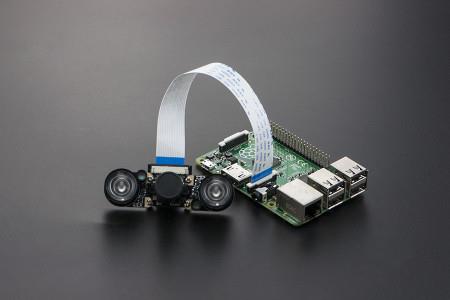





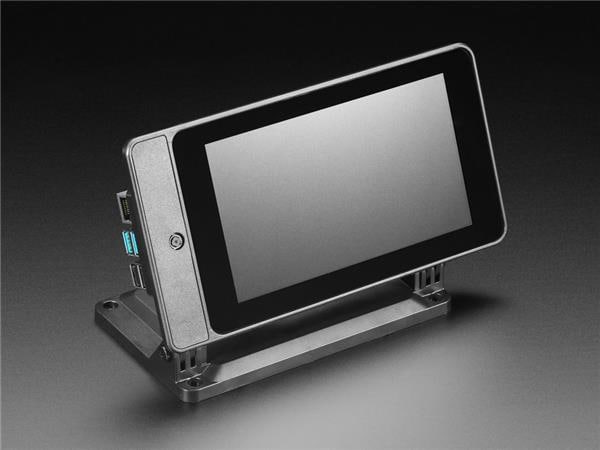
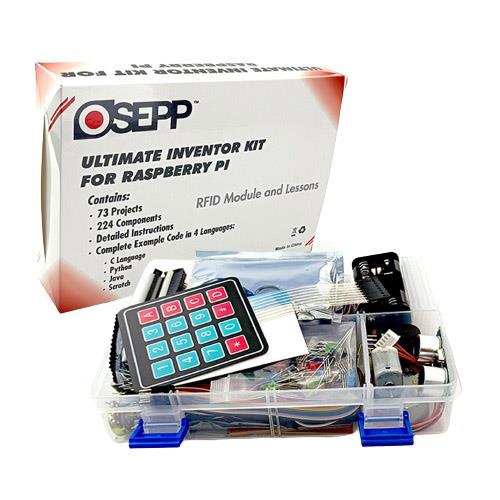
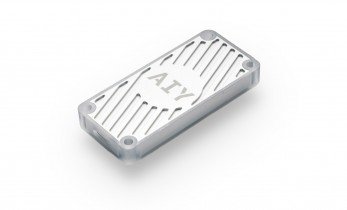
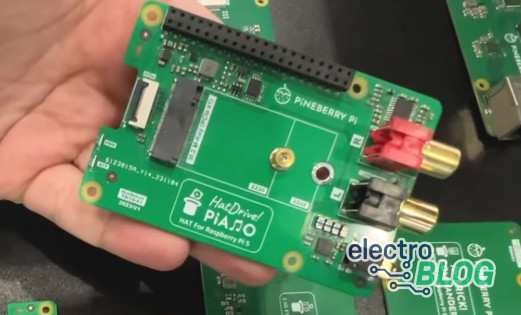
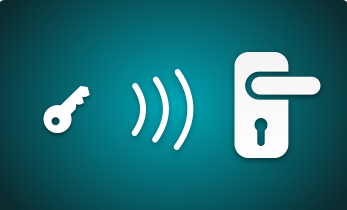
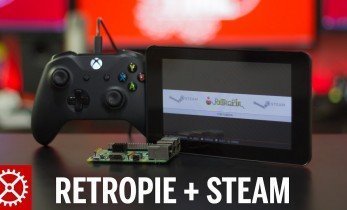
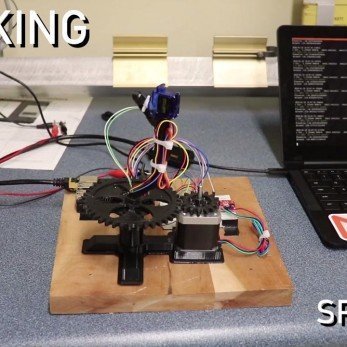
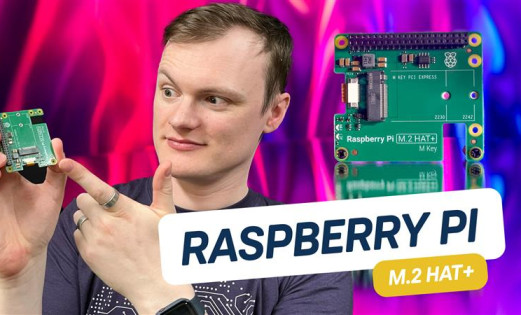
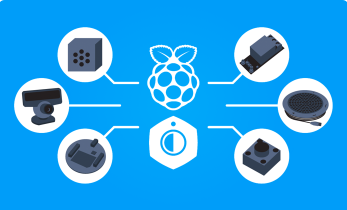
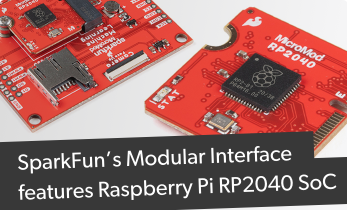

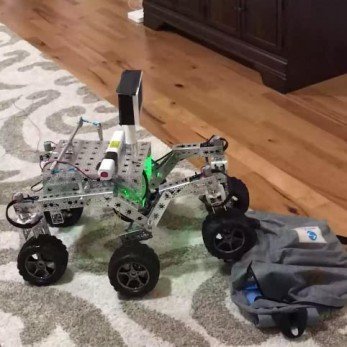
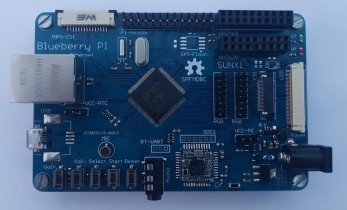

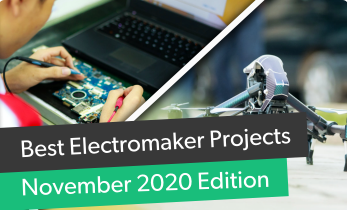
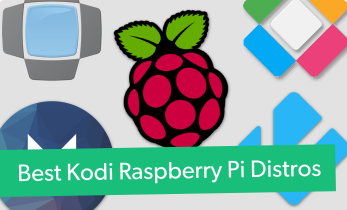


Leave your feedback...